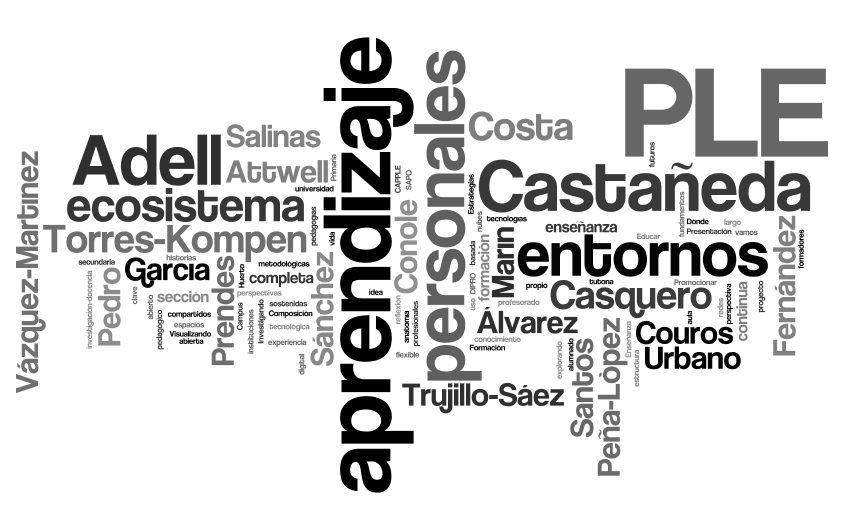Where do you go to for your research?
I remember back in the mid 1990s, when I was first employed as a researcher at the University of Bremen, I used to travel every three months to Surrey university, whi9ch at the time had the easiest university library to reach from Bremen.I would run a series of searches on their computerised reference system, collect together a pile of journals and then buy a photocopying card to frantically copy all the articles i might need for the next couple of months. Fortunately this was in the days before airlines restricted baggage weight, so i could copy all I could carry.
Time have changed. Most researchers I know rely on online sources these days. Despite attempts by some publishers to prevent open access, many authors place a pre-publication copy of their work online anyway. This is merely anecdotal. But a new survey (pdf downland) by the UK Jisc covers a range of areas from how academics discover and stay abreast of research, to their teaching of undergraduates, how they choose research topics and publication channels, to their views on learned societies and university libraries, and their collections.
The survey comes up with some interesting findings. According to Jisc the “Overarching themes are an increasing reliance on the Internet for their research and publishing activities and the strong role that openness is playing in their work.” They go on to say key findings include:
- Access limitations – While 86% of respondents report relying on their college or university library collections and subscriptions, 49% indicated that they would often like to use journal articles that are not in those collections.
- Use of open resources – If researchers can’t find the resources or information they need through their university library, 90% of respondents often or occasionally look online for a freely available version.
- The Internet as starting point – 40% of researchers surveyed said that when beginning a project they start by searching the Internet for relevant materials, with only 2% visiting the physical library as a first port of call.
- Following one’s peers – The findings suggest that the majority of researchers track the work of colleagues and leading researchers as a way of keeping up to date with developments in their field.
- Emergence of e-publications – The findings show that e-journals have largely replaced physical usage for research, but that contrasting views exist on replacement of print by e-publications, where print still holds importance within the Humanities and Social Sciences and for in-depth reading in general.
But these are just the headlines. it is well worth delving into the full report, based on over 3000 respondents.
Researchers were asked “Typically, when you are conducting academic research, which of these five starting points do you use to begin locating information for your research?”
Although there were variation between researchers form different disciplines (as noted above) some 40 per cent replied general purpose search engine on the internet or world wide web. About 25 per cent use a specific electronic research resource/computer database, up to 20 per cent their online library catalogue, 18 or so per cent a national or international catalogue or database, while less than 10 per cent physically visit their library.
That is a massive change in a relatively short time period. I will try to read the report thoroughl;y in the next few days and work out what it all means!


